Construction of the battleship "Poltava" 1909-1914
02. The laying of the battleship "Poltava" (the first sheets of the horizontal keel and slipway blocks) in one of the shops of the plant. 3 June 1909
03. View of the workshop with sheets of horizontal keel of the under construction ship Poltava after laying. 3 June 1909
04. The type of the keel beam of the Poltava battleship under construction. 10 January 1910
05. View of the diaphragm of the vertical keel of the Poltava battleship under construction. 22 December 1909
06. View of the keel beam and the first frame braquettes of the Poltava battleship under construction. 28 December 1909
07. The type of the keel beam of the Poltava battleship under construction. 1 February 1910
08. View of a part of the shop during the set of the bottom of the Poltava battleship under construction (the frame frames were set up to the cheekbones). 15 February 1910
09. View of a part of the workshop during the set of the bottom of the Poltava battleship under construction (flora, frames and sheets of stringers). 12 February 1910
10. View of a part of the workshop during the set of the bottom of the Poltava battleship under construction (flora, frames and sheets of stringers). 1 February 1910
11. View of a part of the workshop during the set of the bottom of the Poltava battleship under construction (flora, frames and sheets of stringers). 1 February 1910
12. A view of a part of the workshop during the set of the bottom (frame frames brought to the bevel of the lower deck) of the battleship under construction “Poltava”. 22 March 1910
13. View of the keel beam and the frame floras of the Poltava battleship under construction. 22 March 1910
14. A view of a part of the workshop during the set of the bottom (frame frames brought to the bevel of the lower deck) of the battleship under construction “Poltava”. 22 March 1910
15. General view of the section of works on a set of the bottom, brought to a bevel of the lower deck, under construction of the battleship "Poltava"; in the foreground are the flora of the stern frames, the next-forest bilge side bulkhead and the partial laying of the inner bottom. 20 April 19
16. View of the plot of works for laying the internal bottom of the Poltava battleship under construction; in the foreground - waterproof frames, then - transverse bulkhead. 27 July 1910
17. Type of beams of the karapasnaya (lower) deck and side racks of the Poltava battleship under construction. 11 October 1910
18. View of the outer skin of the Poltava battleship under construction and a prepared trigger runner. 6 May 1911
19. Scaffolding for laying the decks of the battleship “Poltava” under construction. 10 January 1911
20. View of the middle deck and scaffolding for the installation of a set of the upper deck of the battleship “Poltava” under construction; In the foreground are the hole patterns of the 12 tower. 4 April 1911
21. View of the middle deck during the installation of the bulkheads of the internal accommodation of the Poltava battleship under construction. 2 May 1911
22. View of the site of work during the laying of the middle deck and the set of the upper deck of the battleship under construction “Poltava”. 4 April 1911
23. View of the site of the workshop during the laying of the middle deck of the battleship “Poltava” under construction. 10 March 1911
24. View of the upper deck during the construction of the battleship "Poltava"; In the foreground is the opening of the 12 tower pipe. 25 June 1911
25. View of a part of the upper deck and a gun cut of the left side of the Poltava battleship under construction. 25 June 1911
27. Forests in the aft part of the under construction ship Poltava; foreground is the bataport. 4 April 1911
28. View of the aft section of the Poltava battleship under construction and the launching foundation. 22 June 1911
29. The brackets for the propellers of the Poltava battleship under construction, prepared for boring. 6 May 1911
30. Type of device for boring brackets of the battleship under construction "Poltava". 10 June 1911
31. The group of workers at the rowing screw of the battleship Poltava under construction. 20 June 1911
32. A group of shipbuilders at the inner and outer propellers of the starboard of the ship under construction "Poltava". 24 June 1911
36. Batoport, wound up between the building dams during the pumping of water to inspect the foundation of the stool during the construction of the battleship Gangut. 24 September 1911
37. Side view of the nose of the battleship "Poltava" before descending. 25 June 1911
39. View of the bow of the battleship "Poltava" (with front hoofs and a trigger towel). 2 June 1911
40. Participants in the prayer service, organized on the occasion of the launching of the liner ship “Poltava”, on the upper deck of the ship. 27 June 1911
41. View stern shtereveni; touched the water at the beginning of the descent of the battleship Poltava. 27 June 1911
43. Descent of the battleship "Poltava" on the water. 27 June 1911
44. Linear ship "Poltava", launched. 27 June 1911
45. Linear ship "Poltava", launched. 27 June 1911
51. Type of launching the foundation after the descent of the battleship "Poltava". 28 June 1911
52. Type of launching the foundation after the descent of the battleship "Poltava". 28 June 1911
54. Completion of the Poltava battleship in the factory pool (view from the stern). 1912 Summer
55. General view of the factory pool, where the construction of the Poltava battleship is underway. 1912 Summer
56. Workers at the installation on the ship of the line "Poltava" of one of the parts of a large rudder. 1912 autumn.
65. Installing 12-inch guns in the tower on the battleship "Poltava". 1914 winter
66. Installing 12-inch guns in the tower on the battleship "Poltava". 1914 winter
67. Installing 12-inch guns in the tower on the battleship "Poltava", winter 1914 g.
68. Workers on the battleship "Poltava", during the installation of the 12-inch gun in the tower. 1914 winter
73. Installing the 150 mast with a ton crane on the Poltava battleship, May 1914
74. Installing the mast on the battleship "Poltava" .; in the background is the en route Gangut battleship. May 1914
119. The battleship "Poltava" on the Neva after its withdrawal from the basin of the Admiralty Plant. October 1914
120. Emperor Nicholas II climbs onto the upper deck of the battleship Poltava during its inspection. 8 October 1914
121. Emperor Nicholas II with a group of naval officers in a boat at the ramp after visiting the battleship "Poltava". 8 October 1914
122. General view of the battleship "Poltava" (view from the bow). 12 October 1914
123. General view of the battleship "Poltava" (view from the stern). 12 October 1914
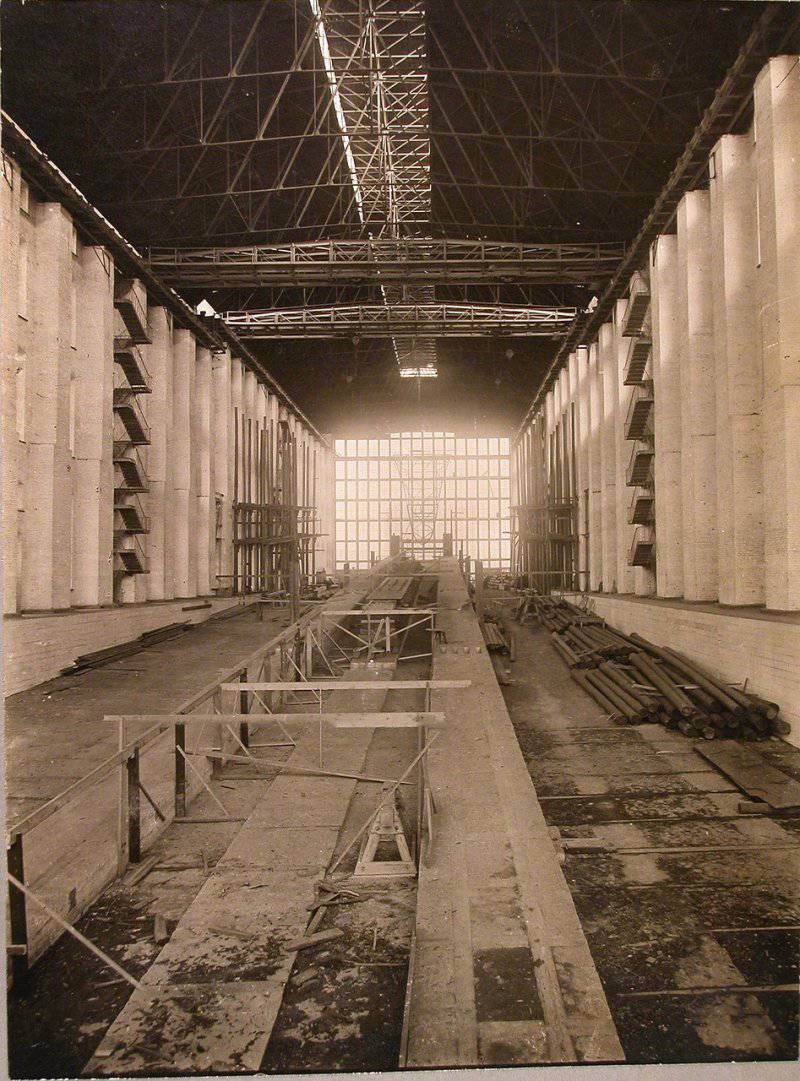
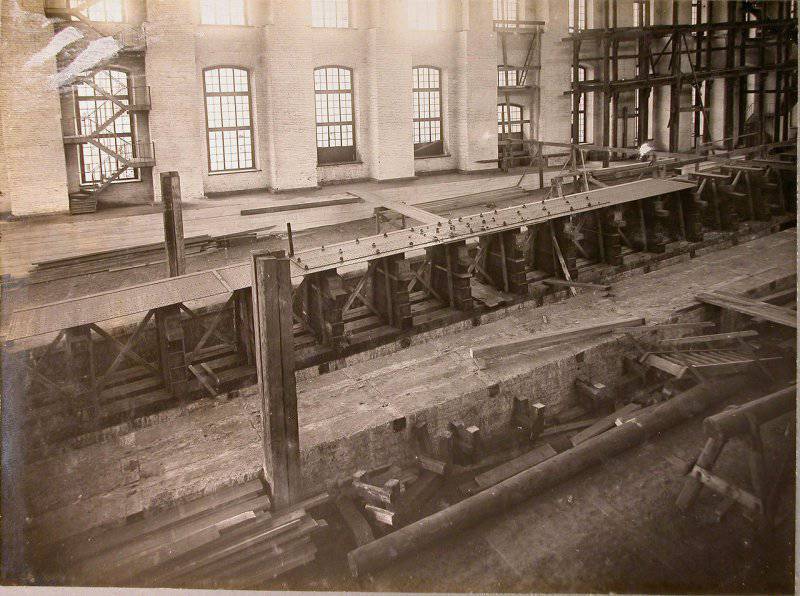
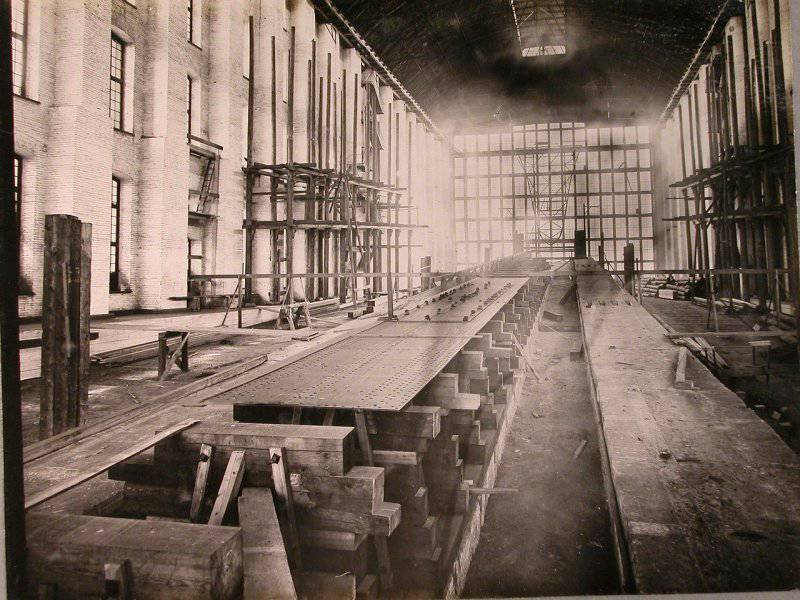

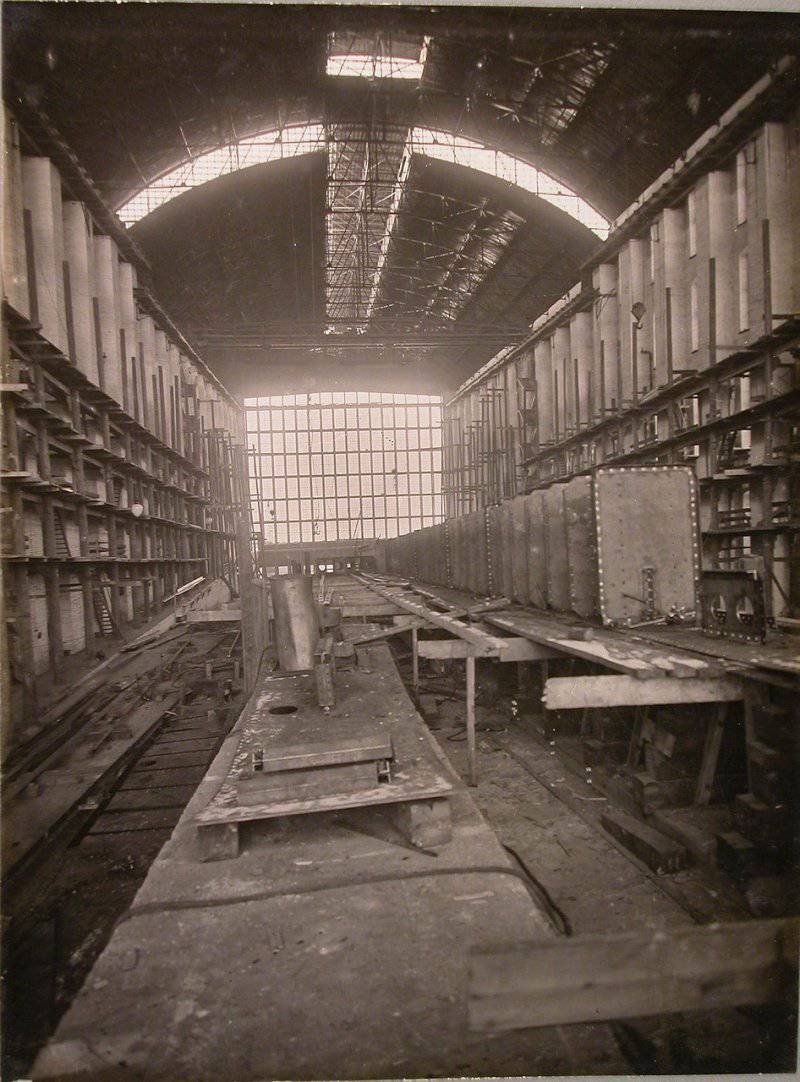
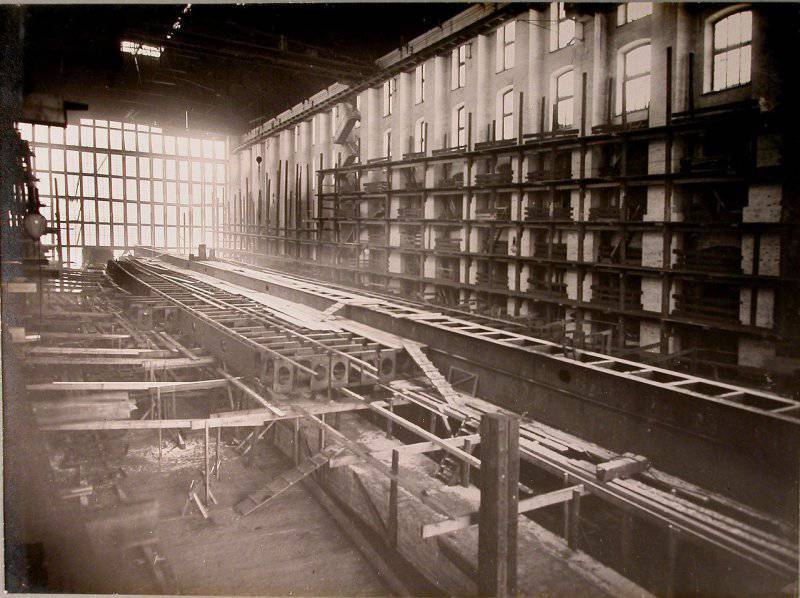
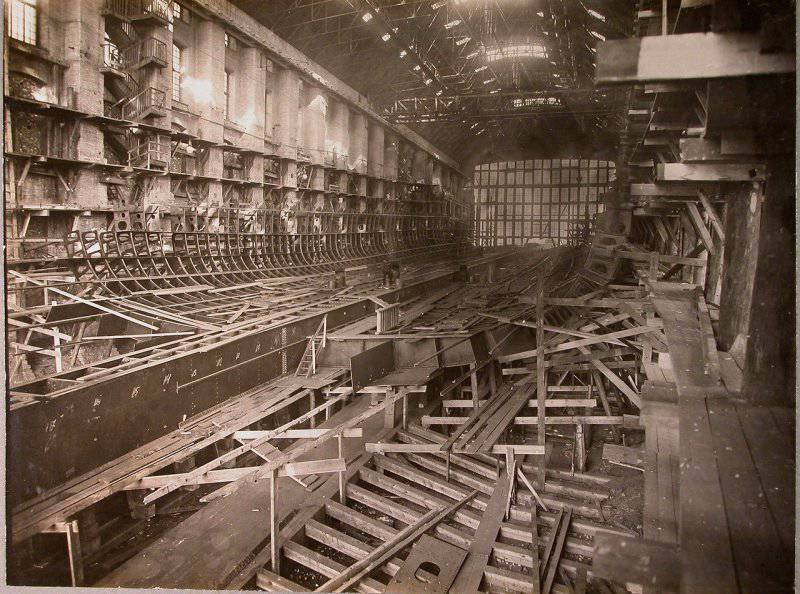
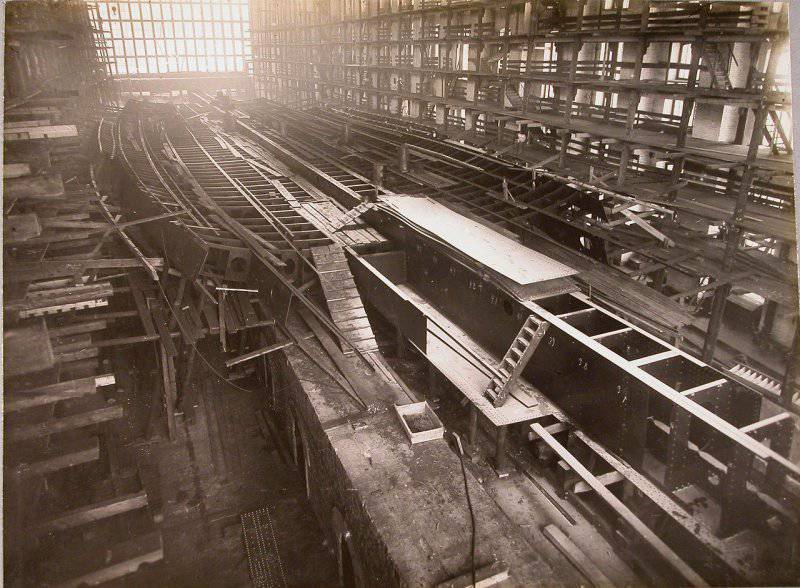
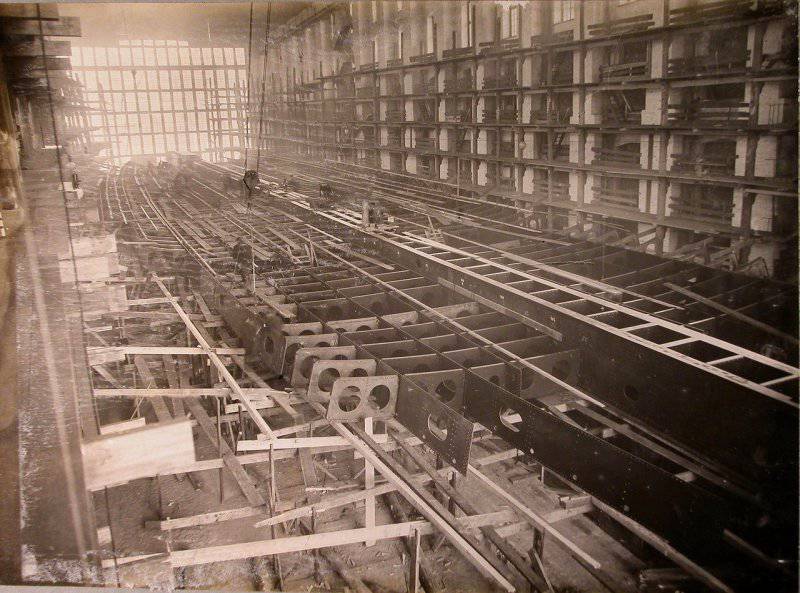
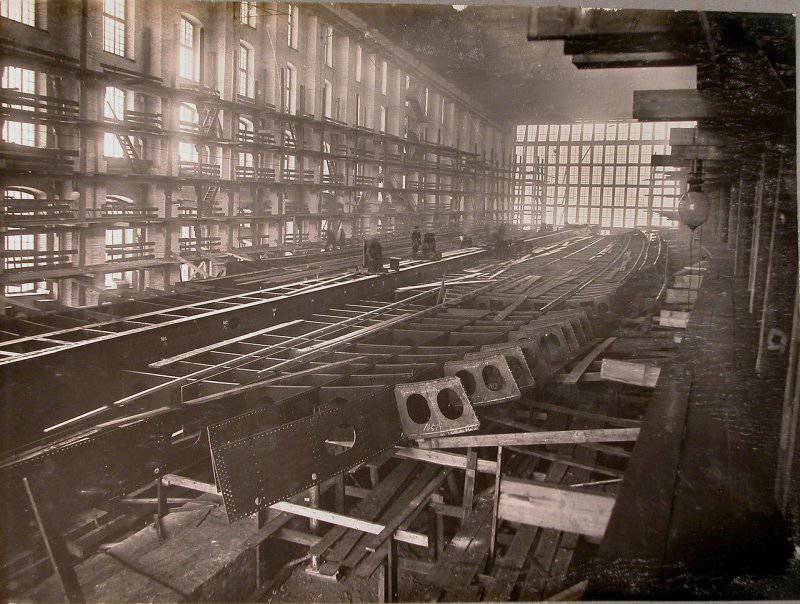
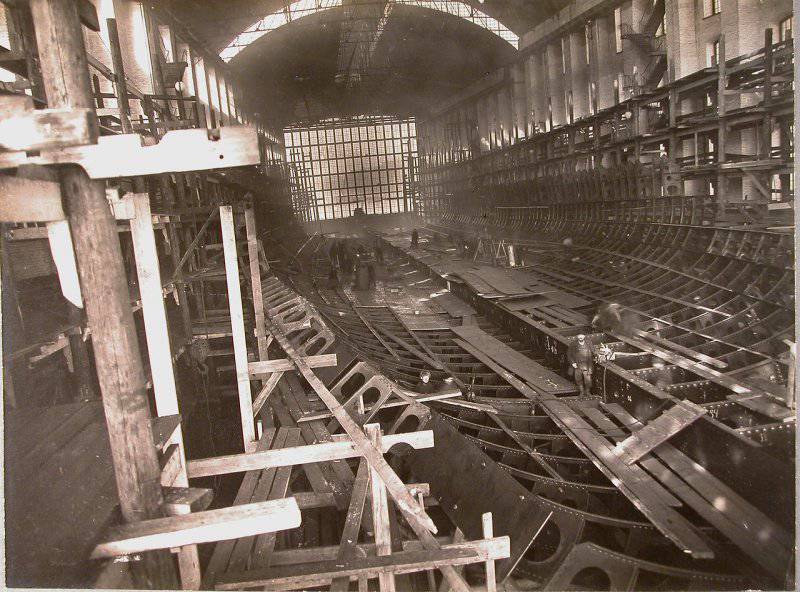
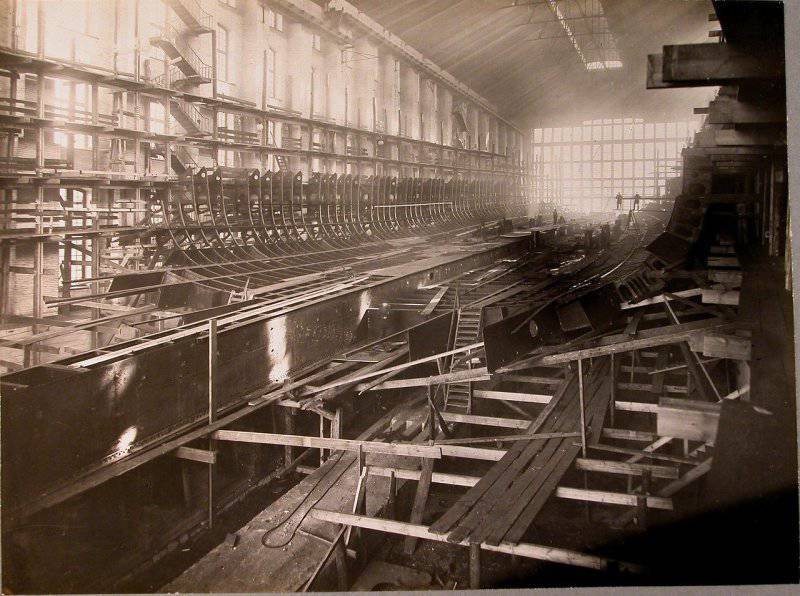
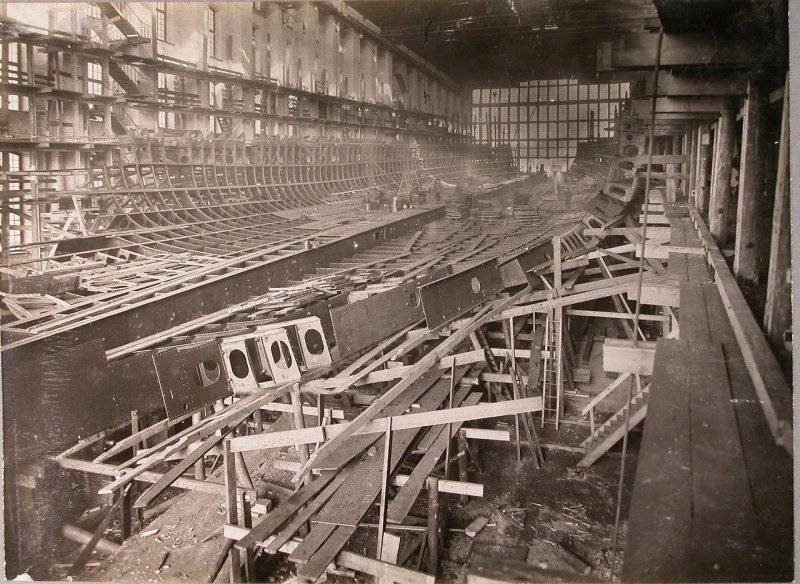
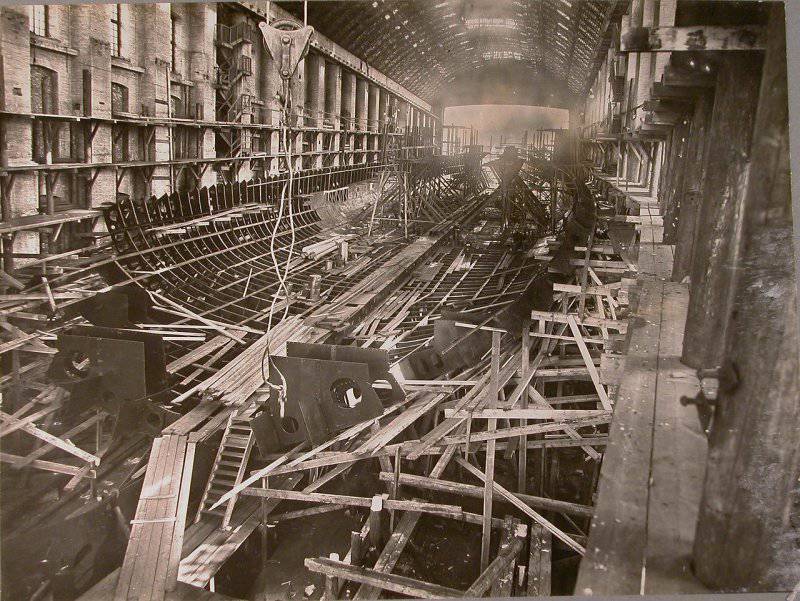
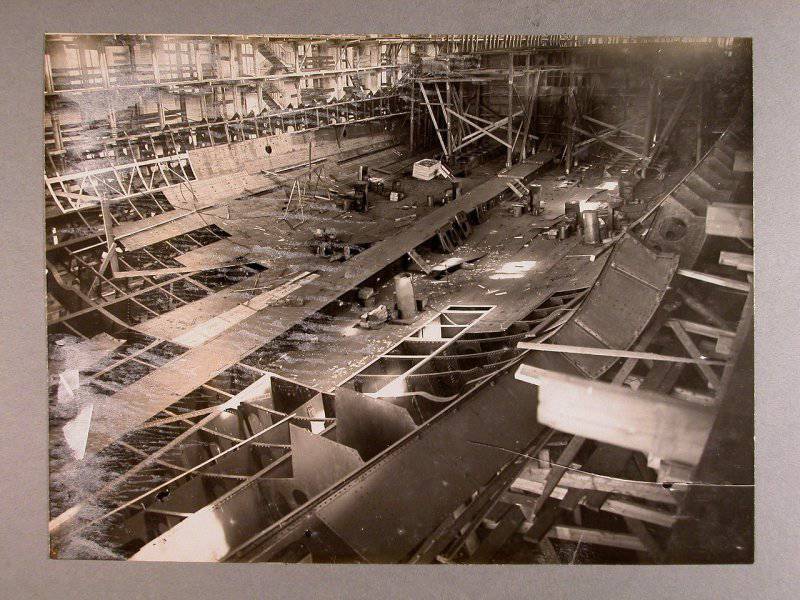
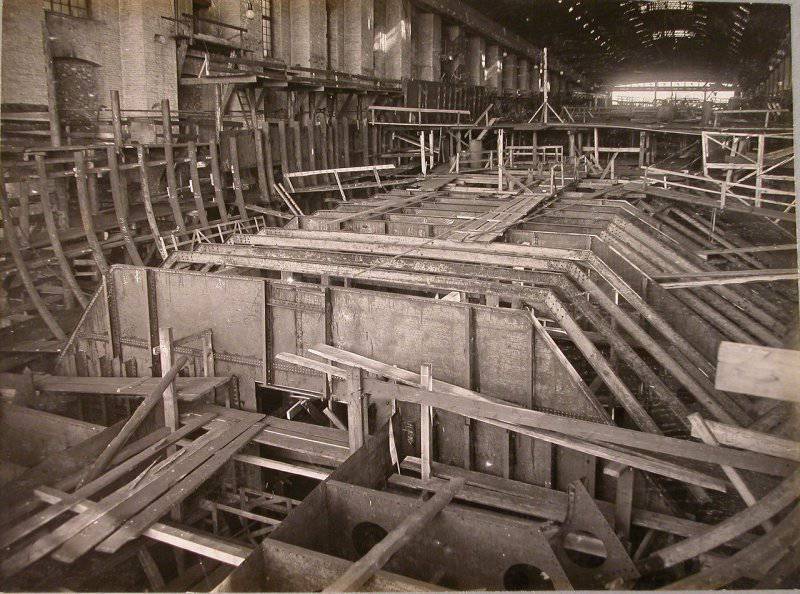
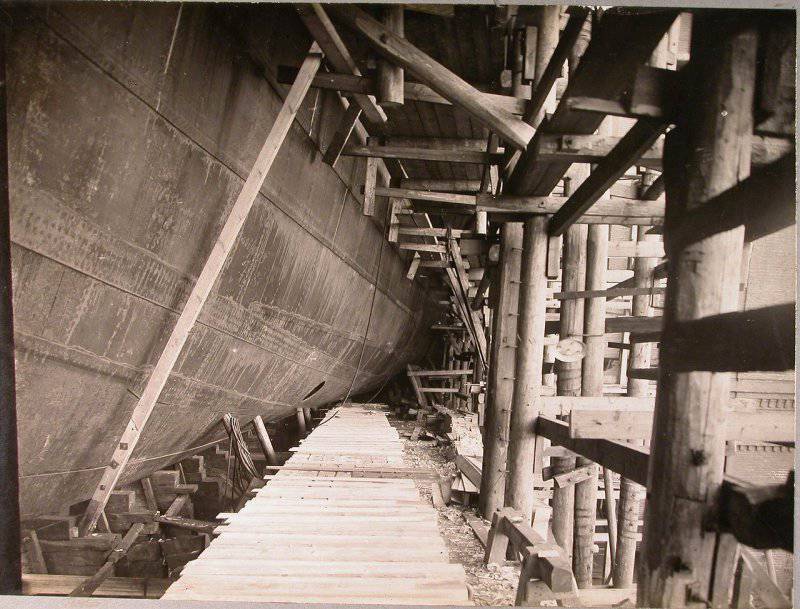
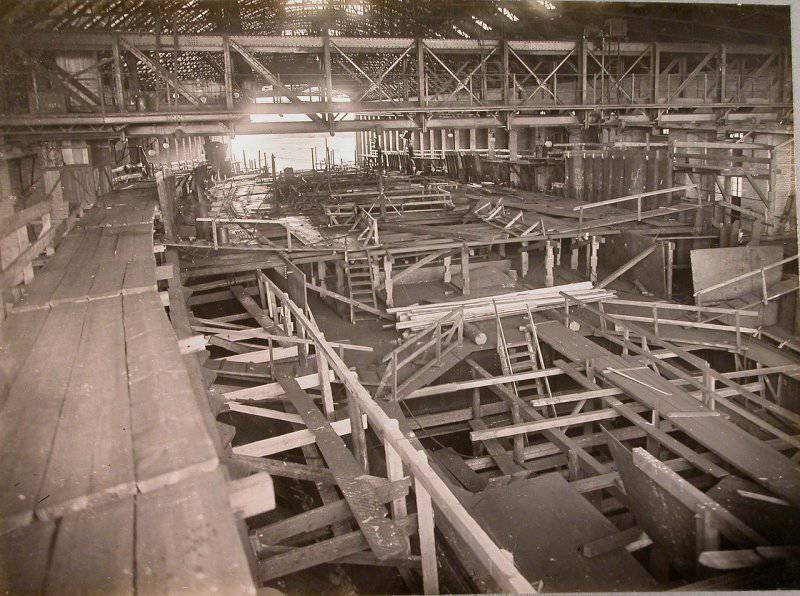
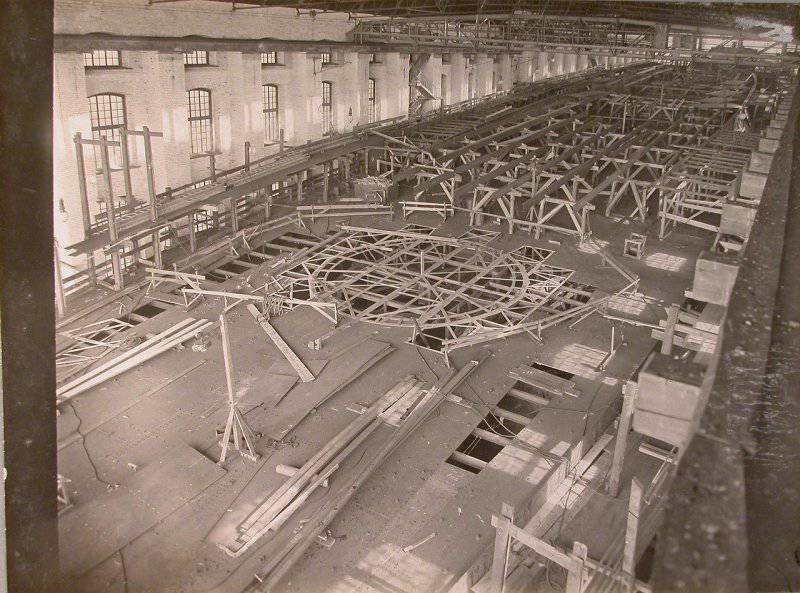
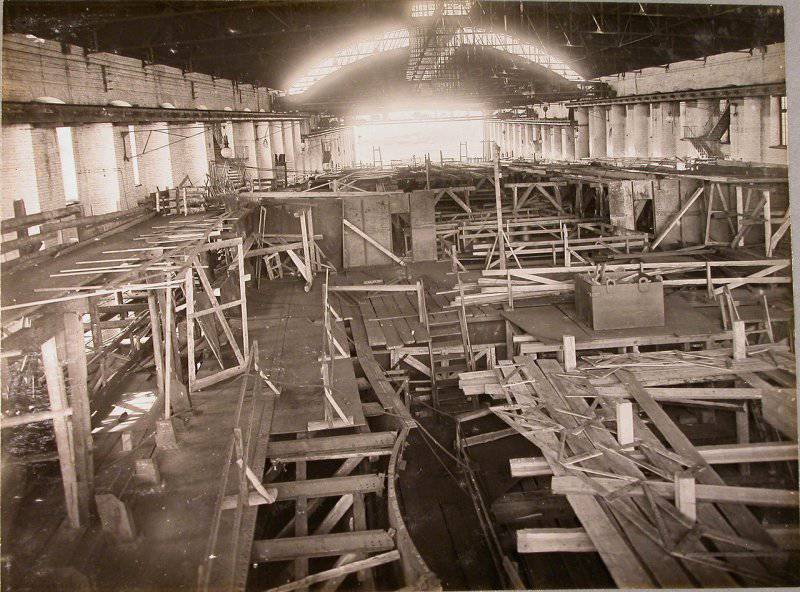
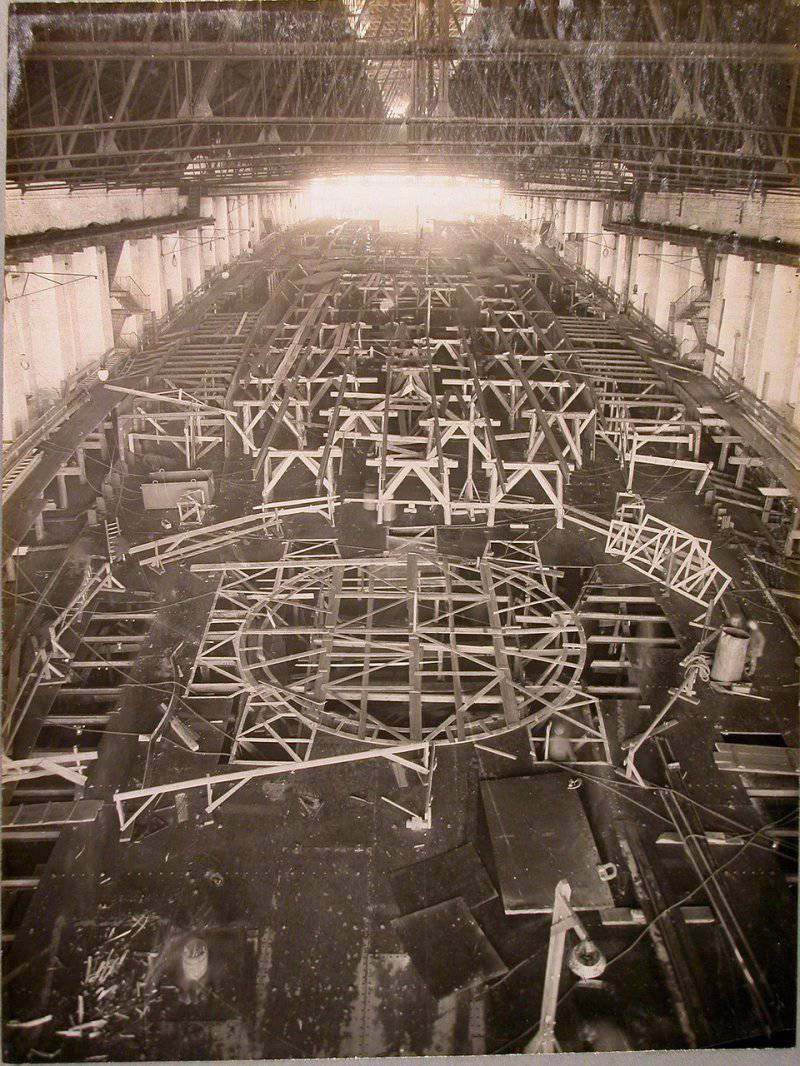
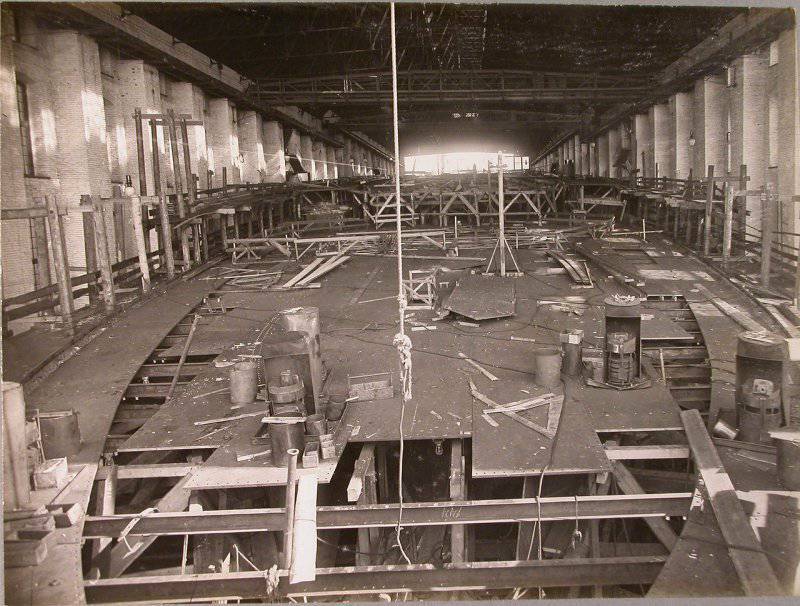
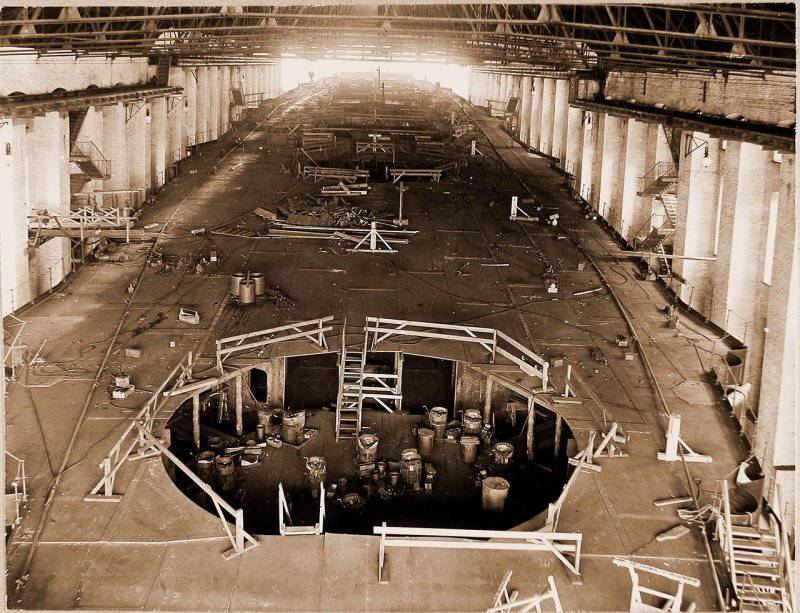
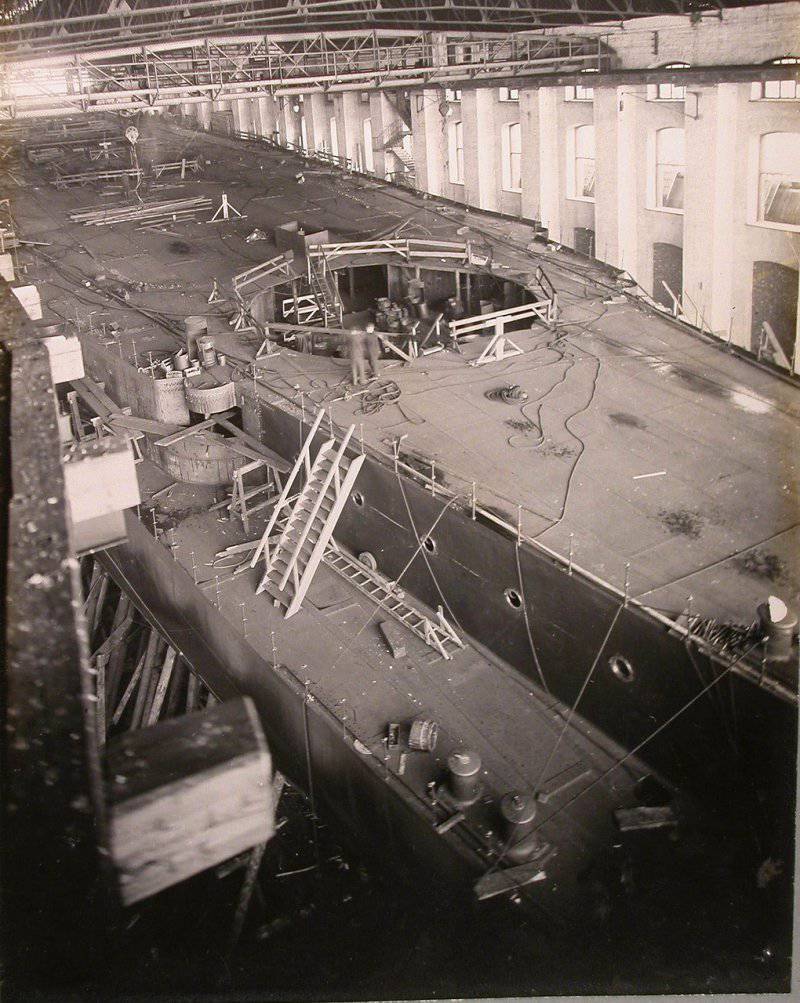
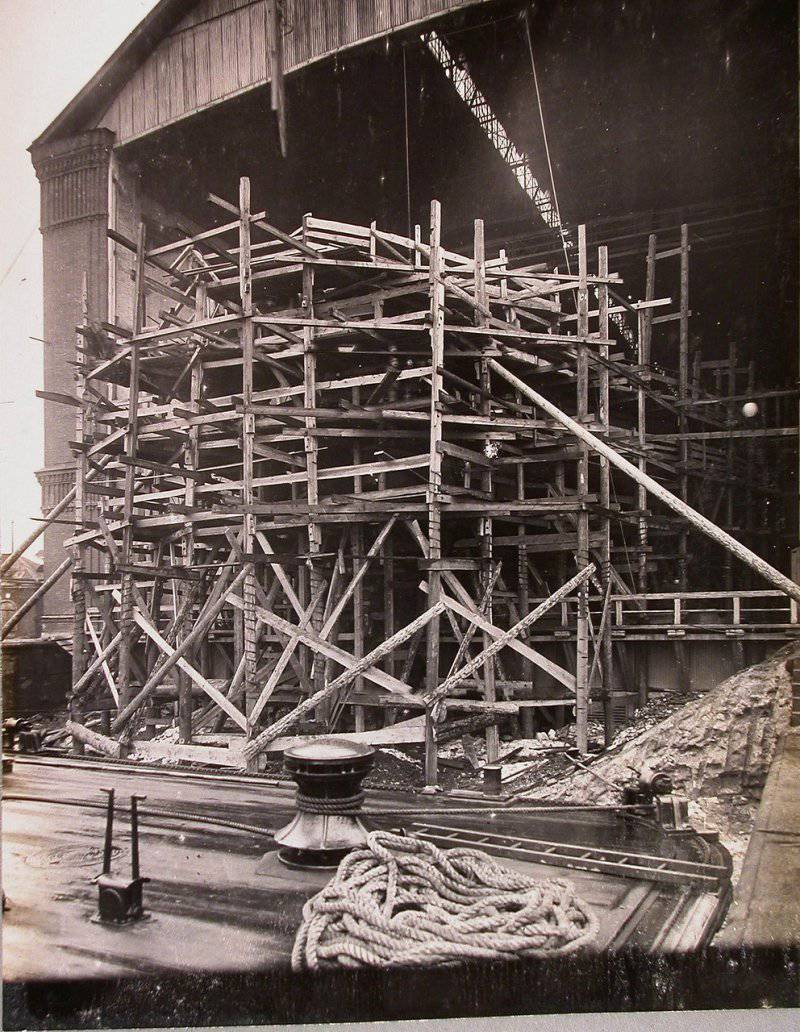
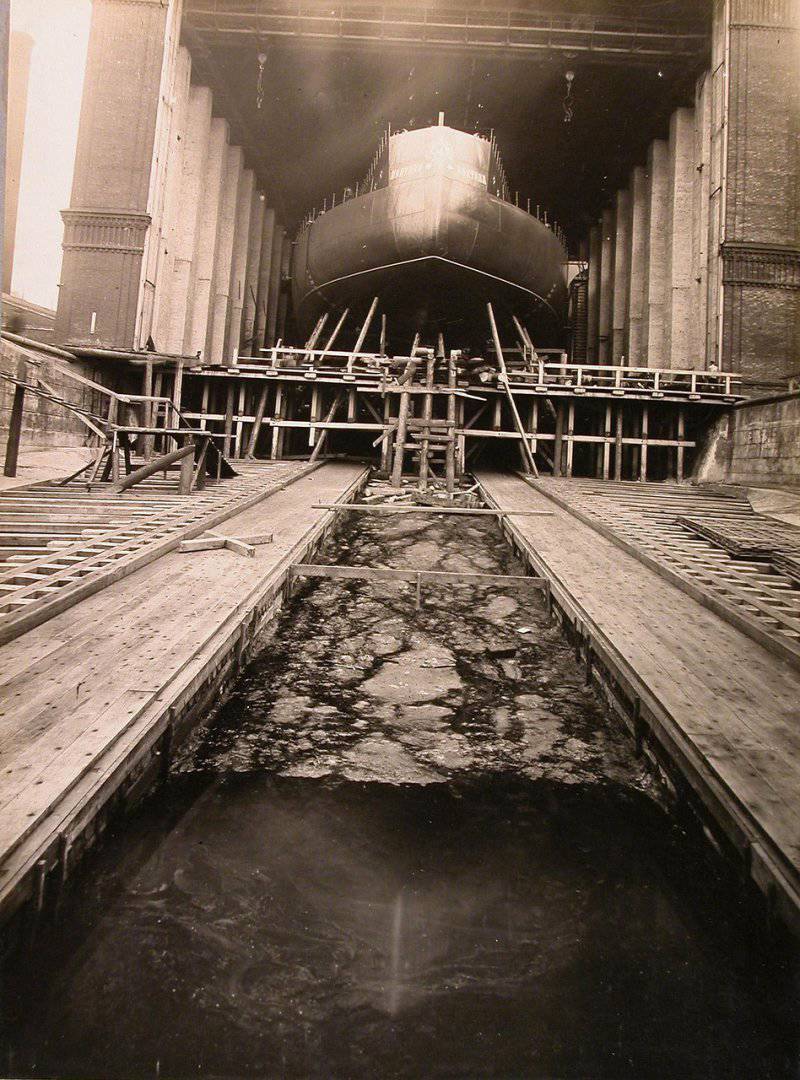
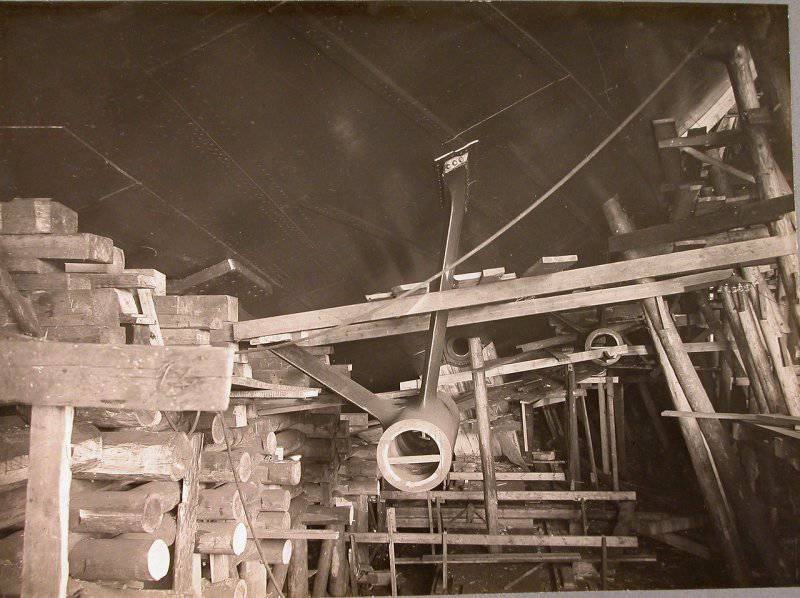
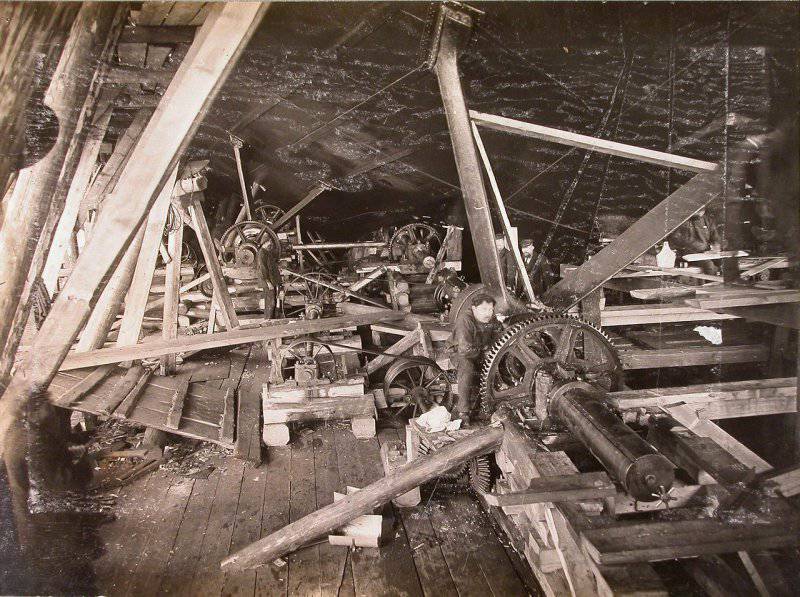
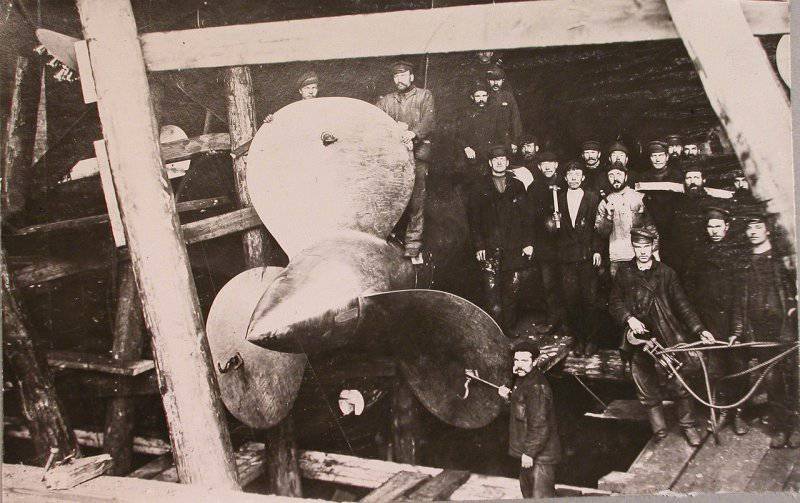
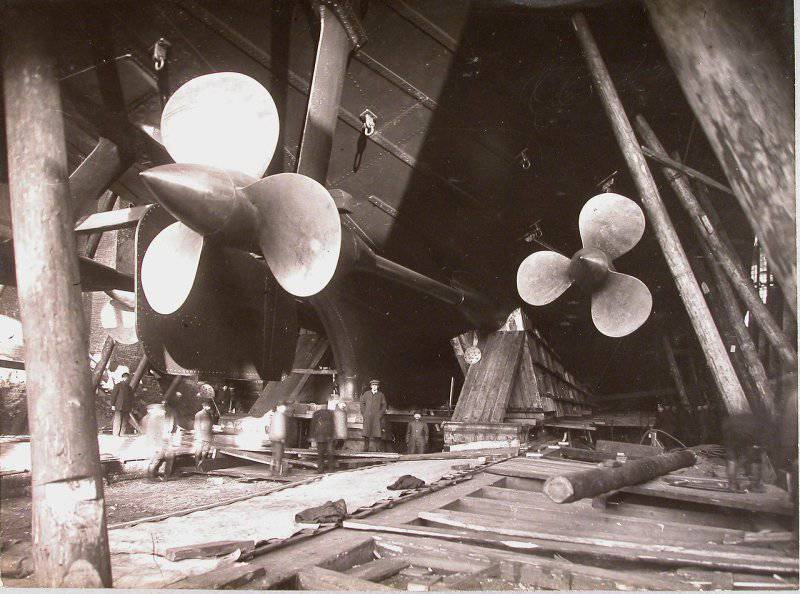
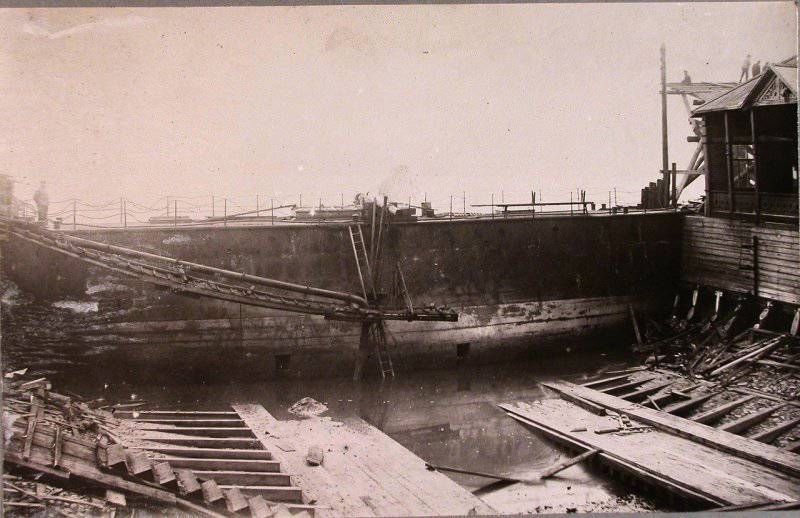
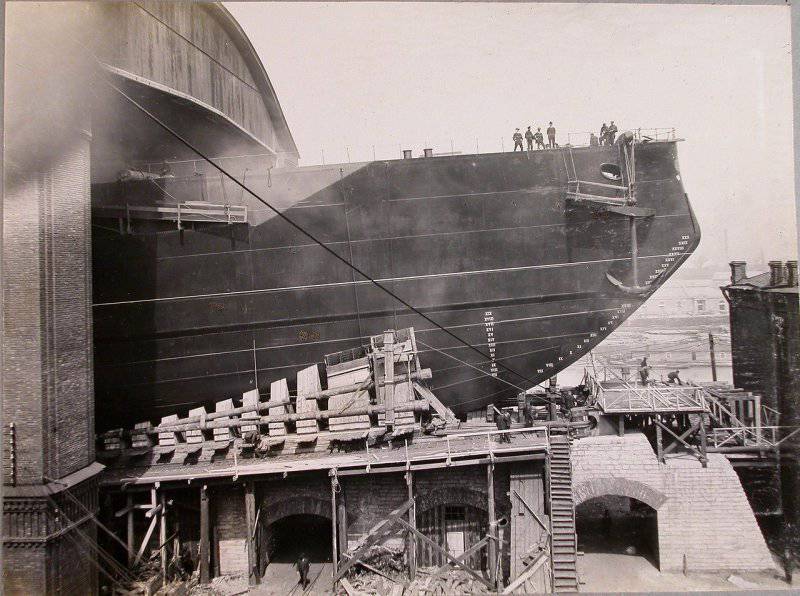
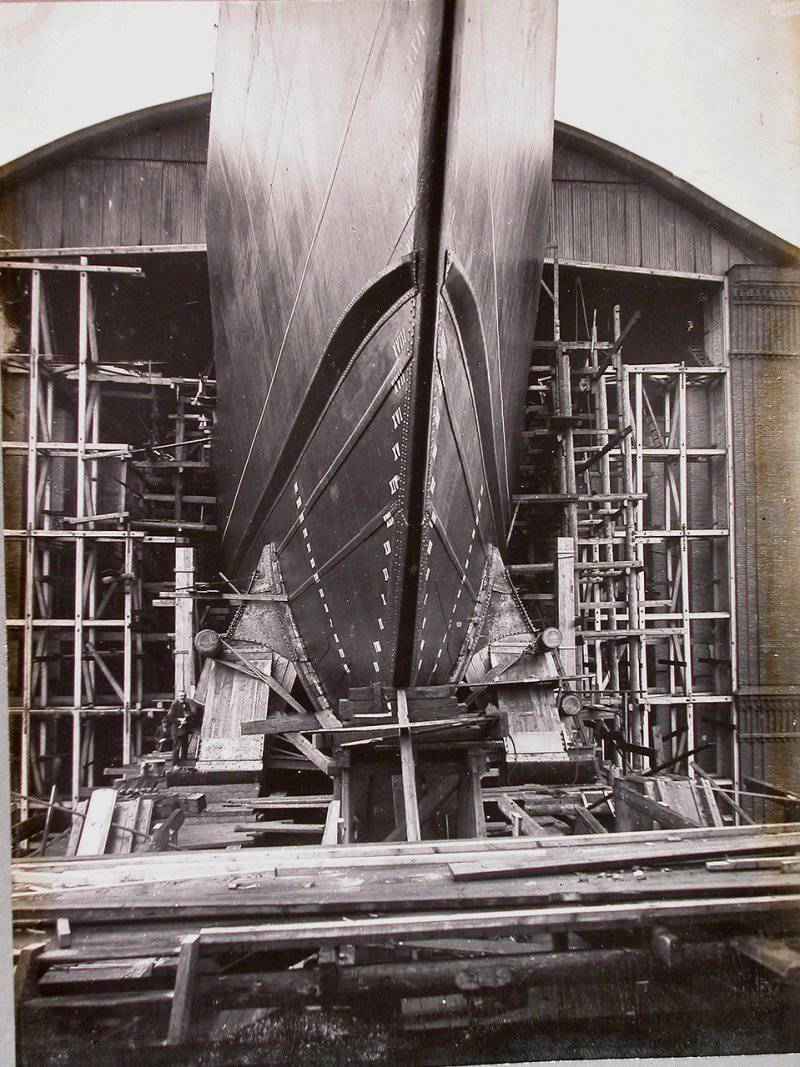
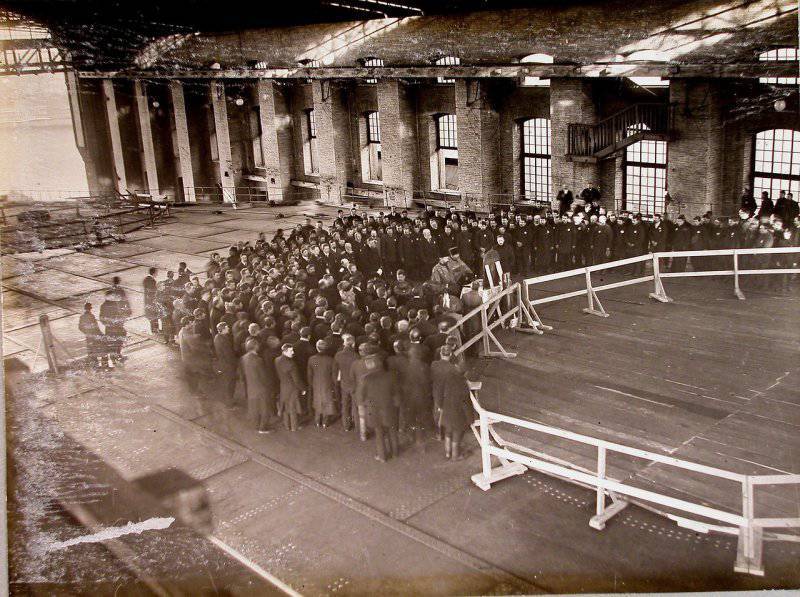
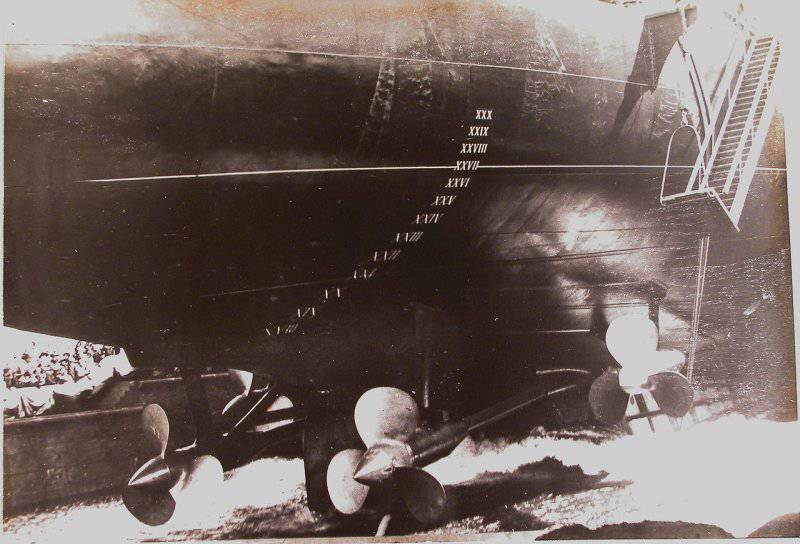
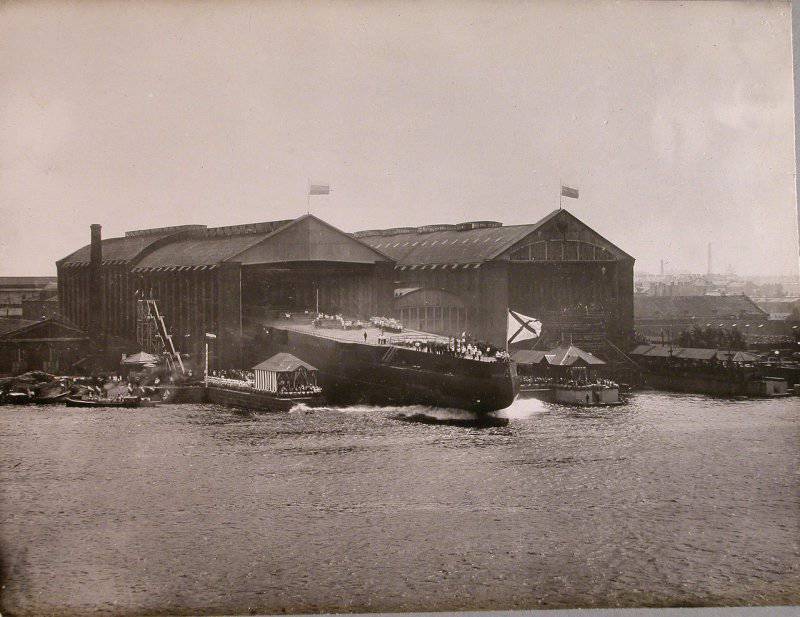
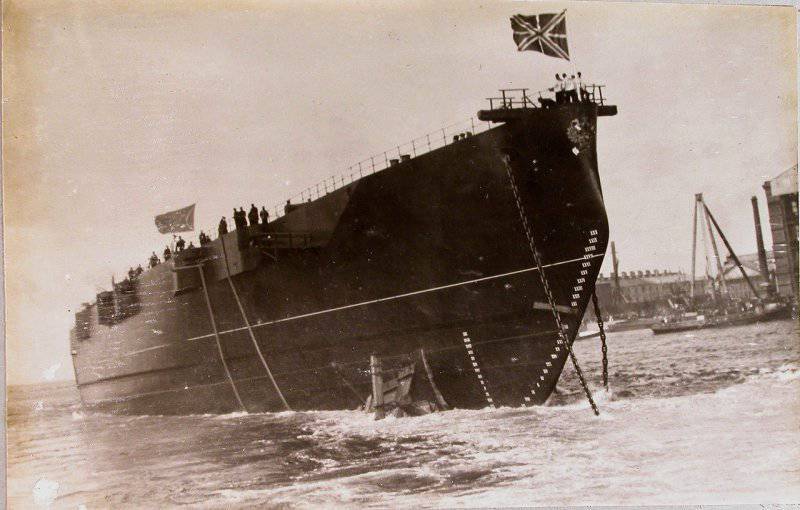
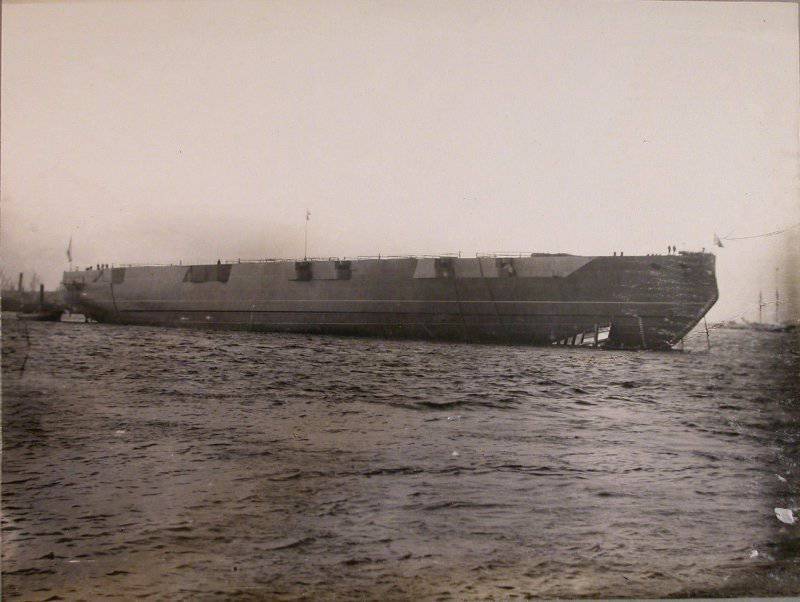
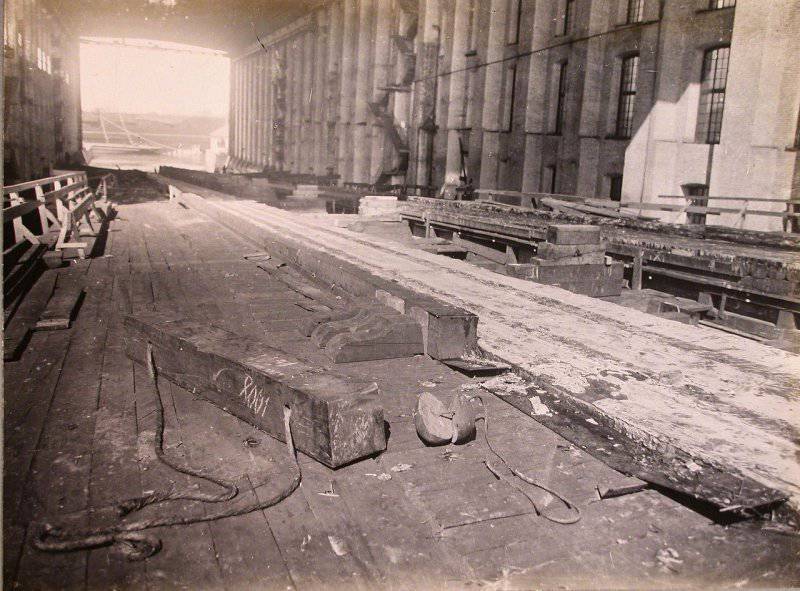
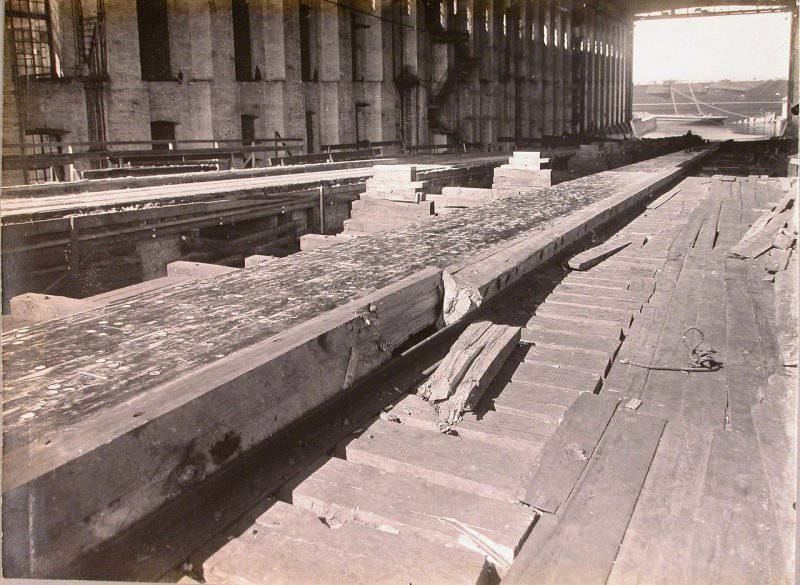
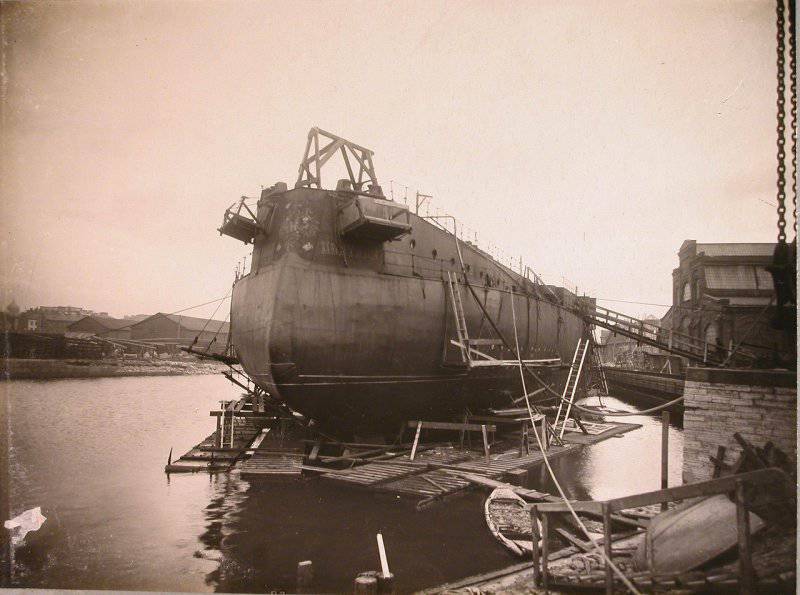
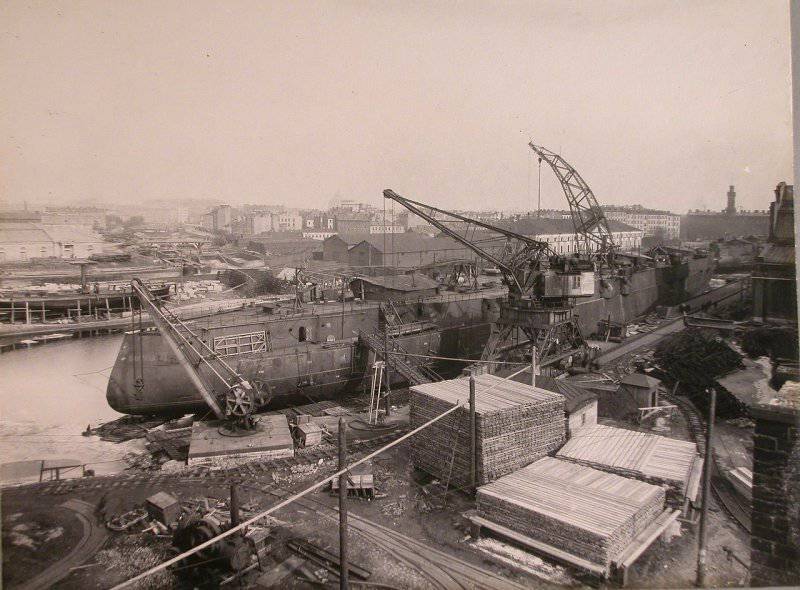
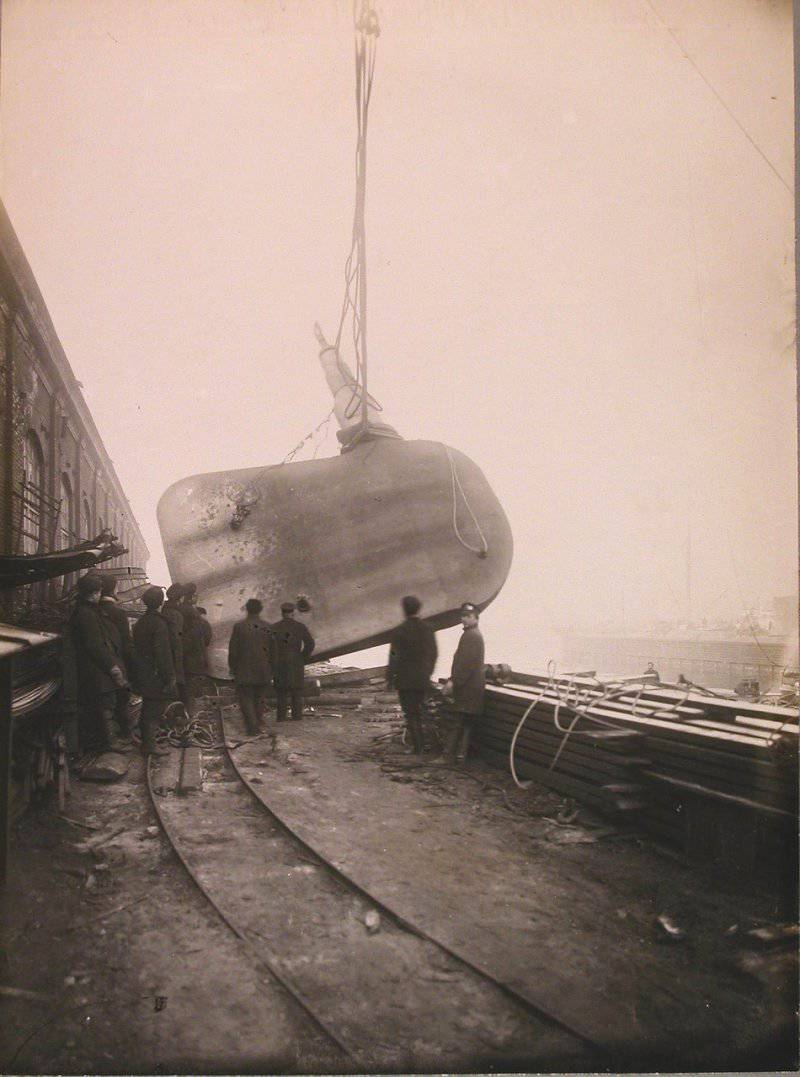
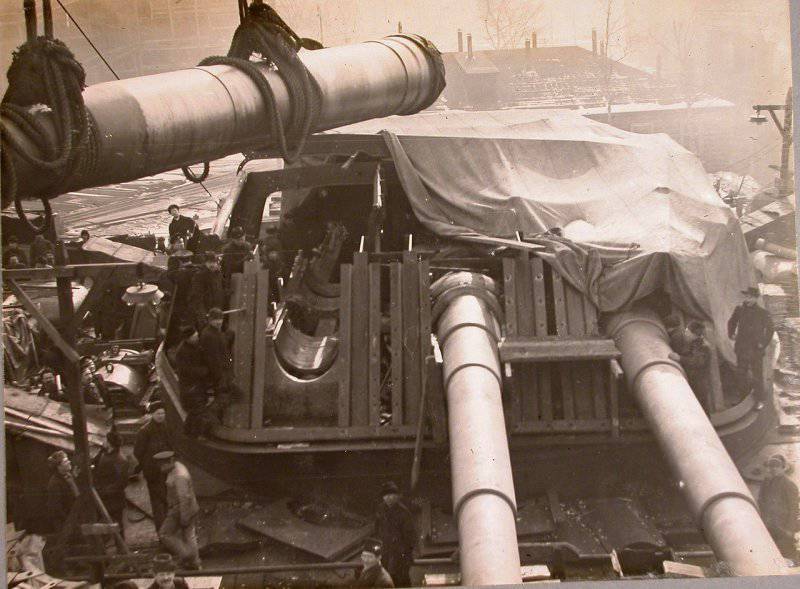
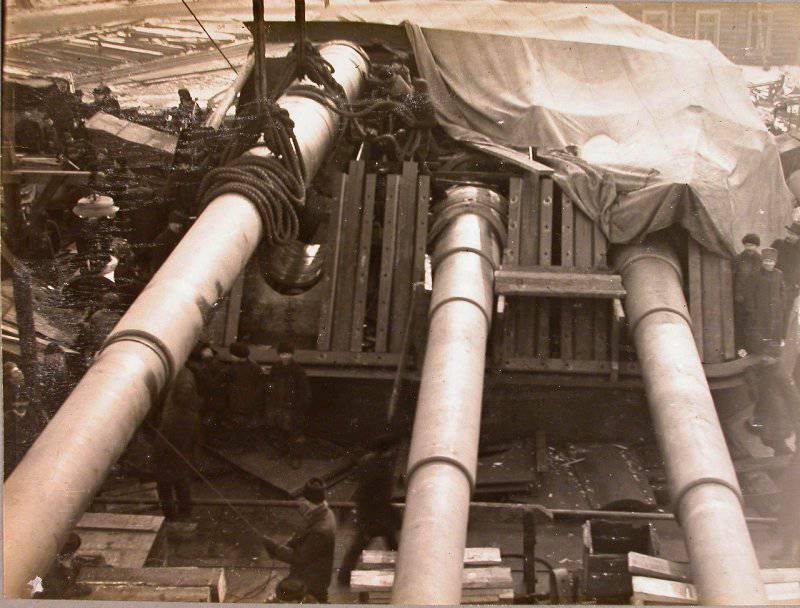
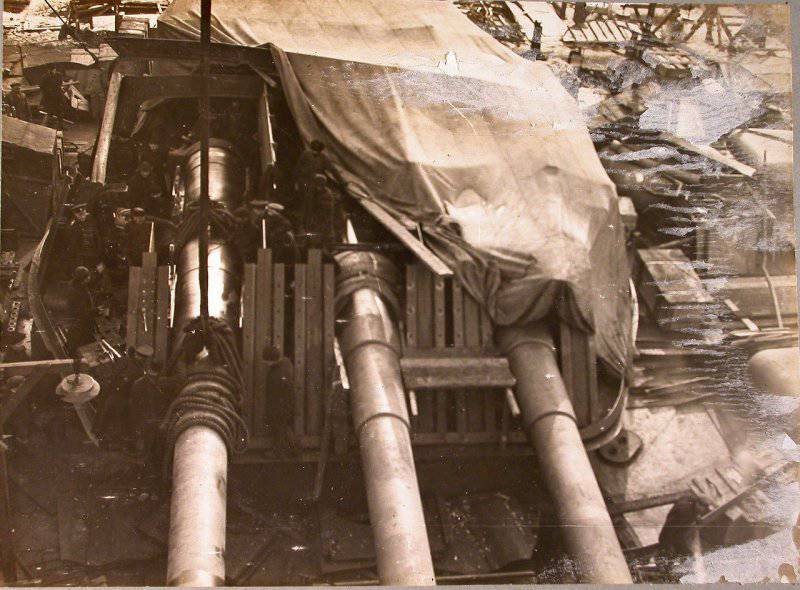
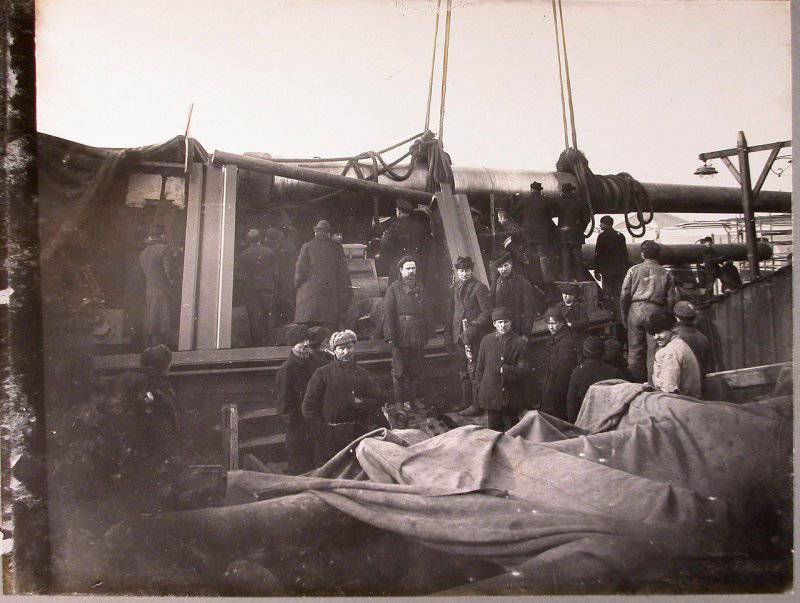
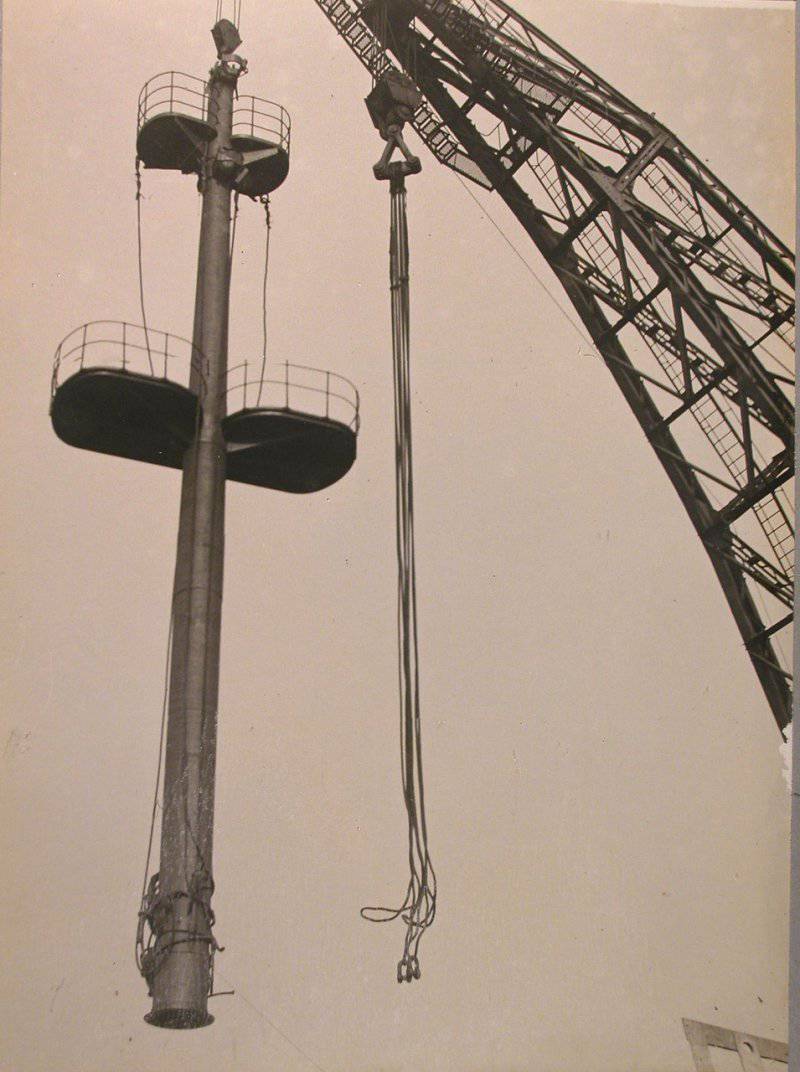
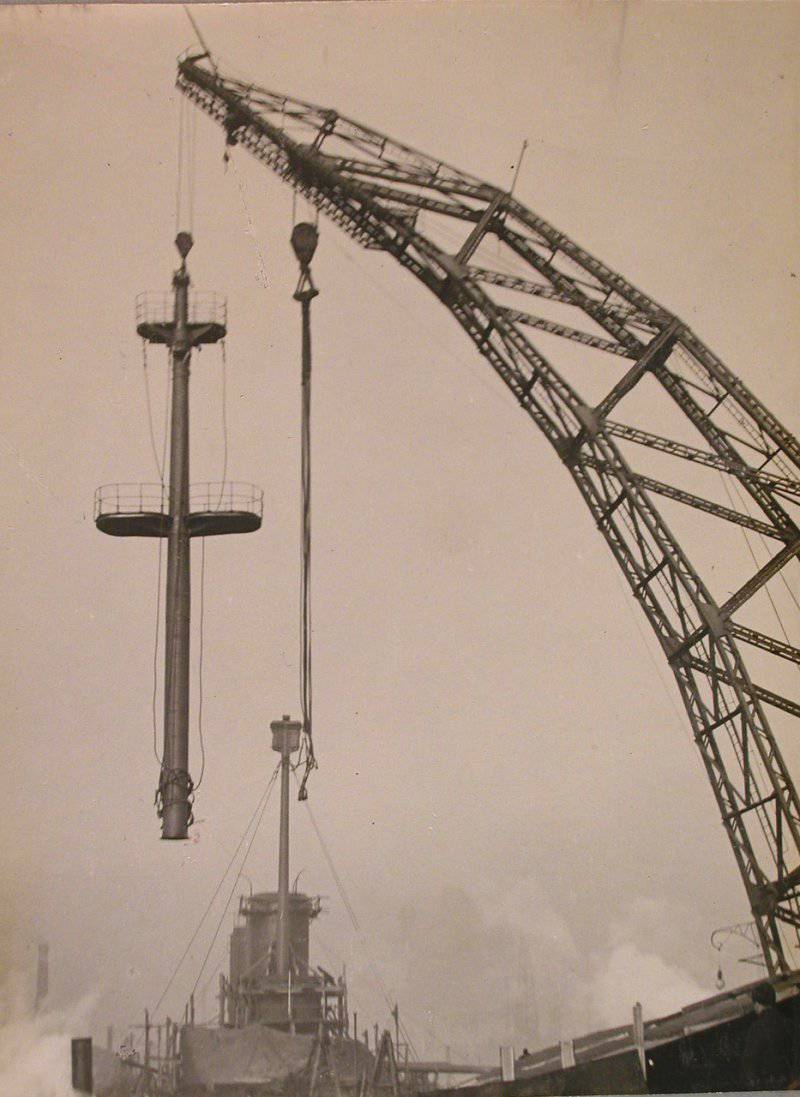
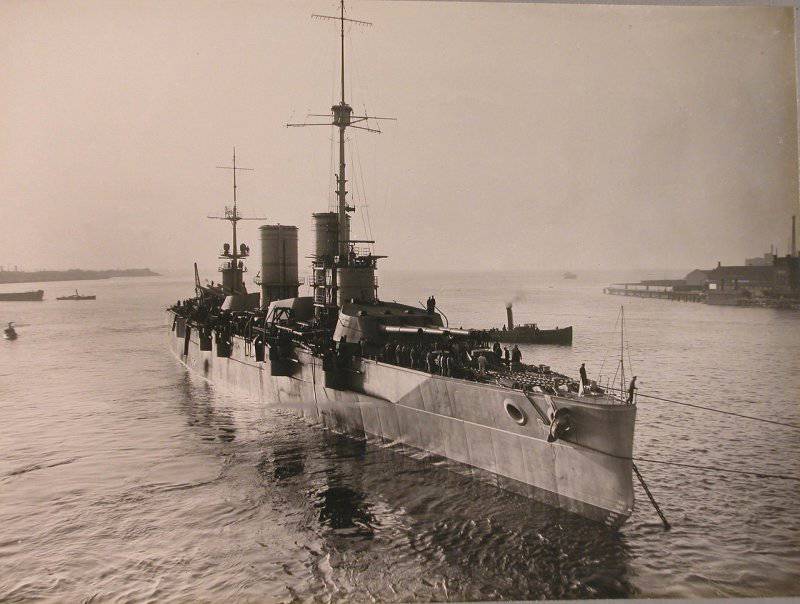
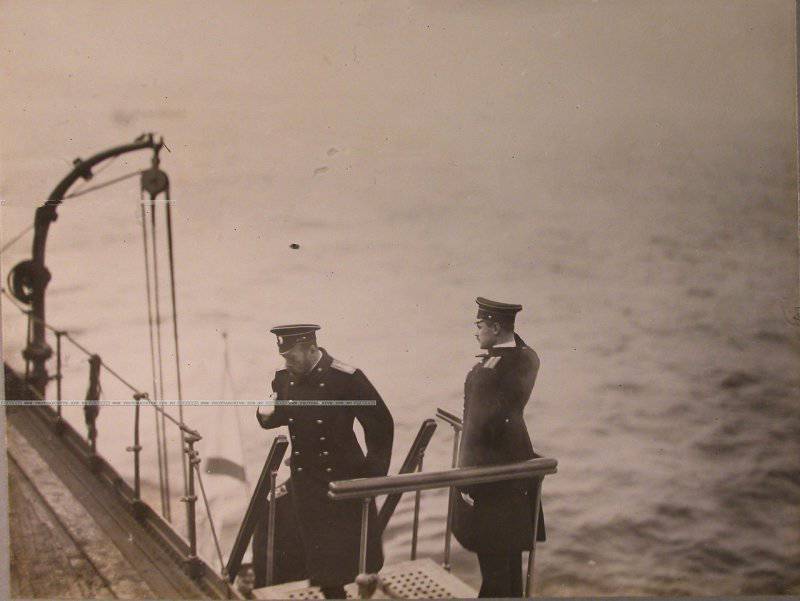
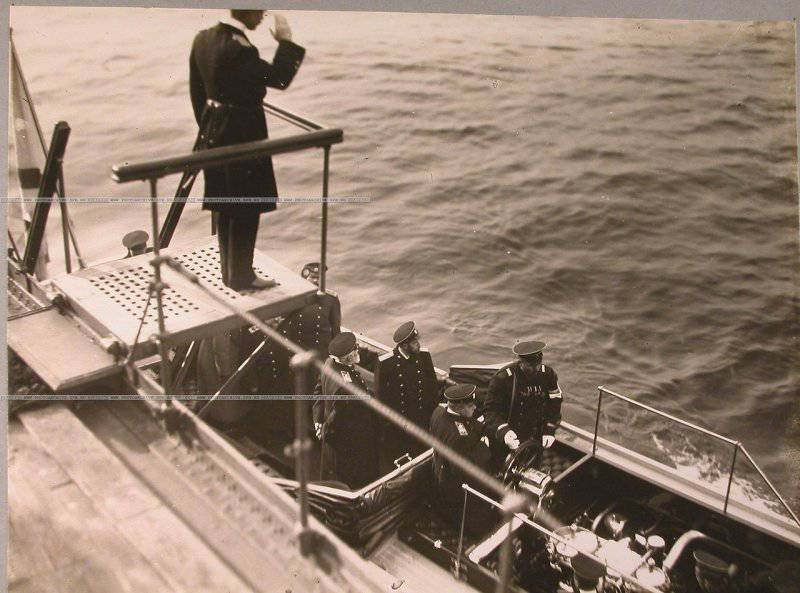
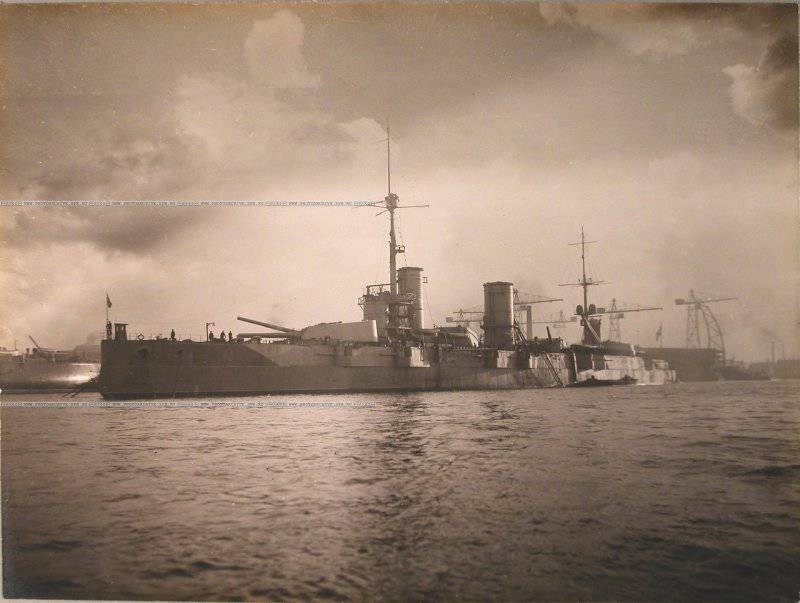
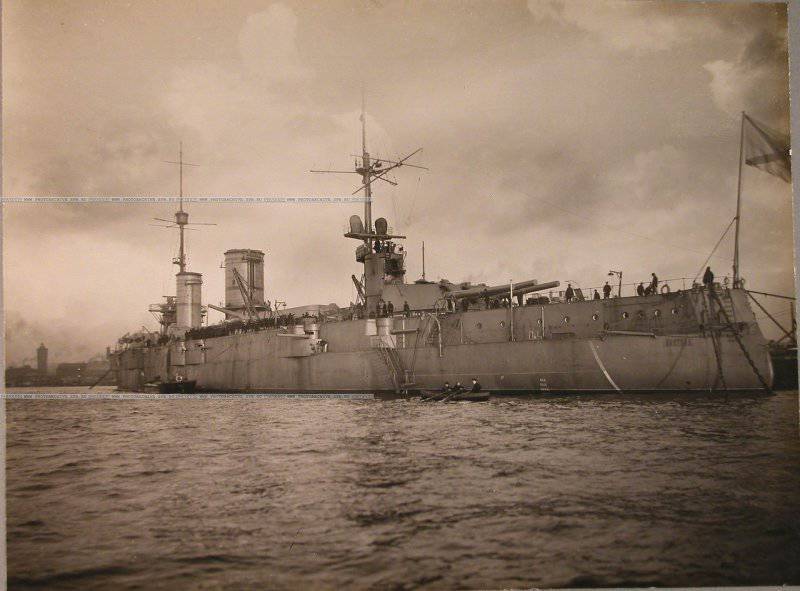
Information